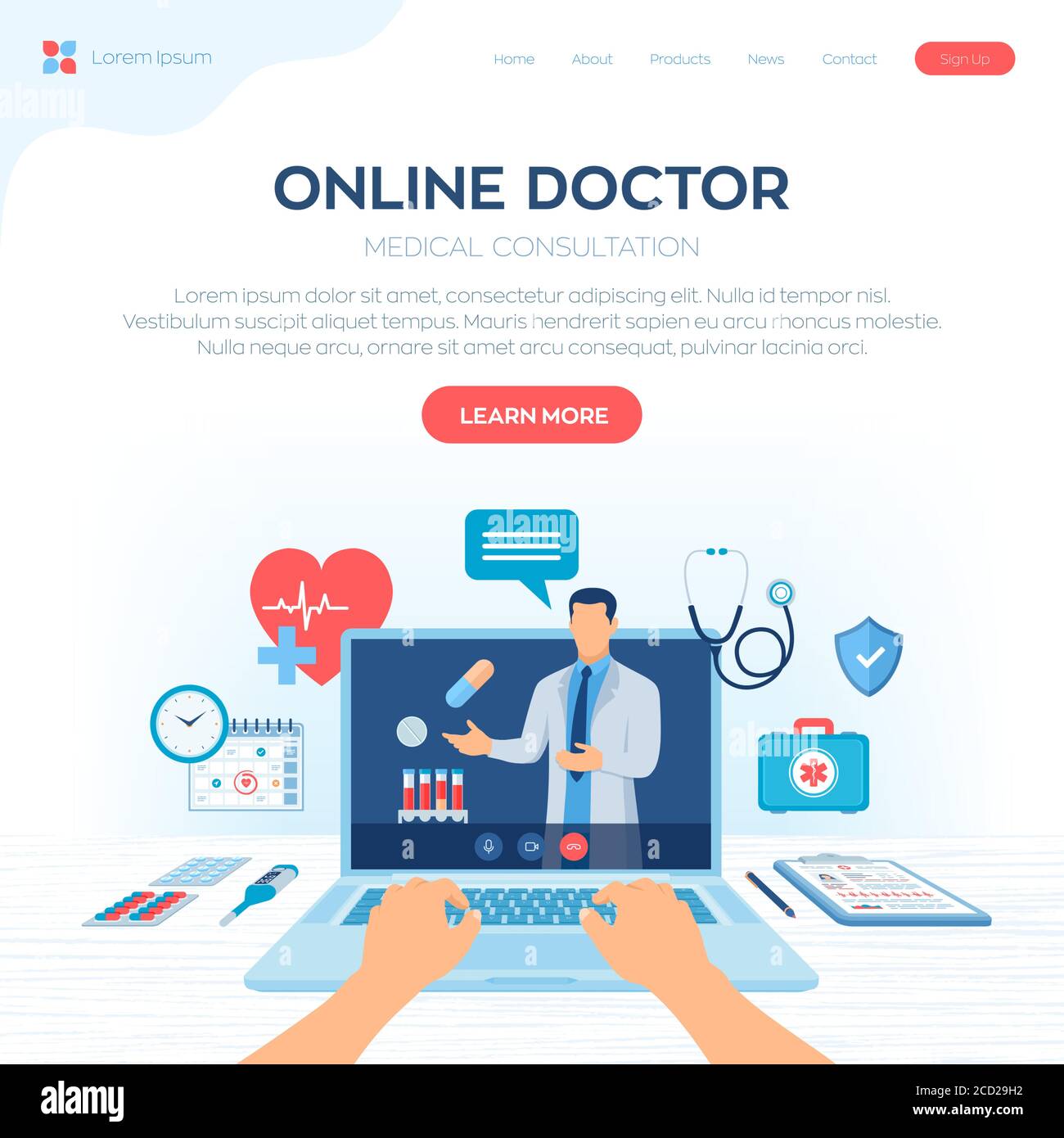The Future of Medicine: Exploring Subscription Based Healthcare Designs
The Future of Medicine: Exploring Subscription Based Healthcare Designs
Blog Article
How Subscription-Based Healthcare Is Changing the Medical Industry

The Rise of Subscription Health Care
In recent times, the healthcare market has experienced a substantial change in the direction of subscription-based models, reflecting broader consumer trends favoring convenience and predictability. This improvement is driven by the increasing demand for even more personalized and available care solutions. Subscription healthcare, occasionally described as attendant medicine or direct health care, supplies individuals a fixed regular monthly fee for a variety of clinical solutions, substantially changing traditional fee-for-service models.
The surge of membership health care is helped with by advancements in technology, which make it possible for structured communication in between providers and people - subscription based healthcare. Digital platforms and telehealth solutions have actually become essential, using patients the capacity to schedule consultations, gain access to medical documents, and get consultations online. This technical integration not just improves person interaction but likewise allows providers to supply more reliable care
Moreover, the subscription model lines up with the progressing assumptions of people that look for even more control over their medical care expenditures and experiences. While this model is gaining traction, its proliferation faces challenges such as regulatory hurdles and the necessity for more comprehensive acceptance within the traditional healthcare community.
Benefits for Carriers and people
Subscription-based healthcare uses a plethora of benefits for both providers and patients, reshaping the dynamics of medical care. For individuals, this model supplies enhanced access to medical care solutions.
For doctor, subscription-based versions foster a more sustainable and gratifying method. By safeguarding a steady income stream, carriers can focus on delivering premium treatment without the stress of volume-based solution. This version urges longer patient assessments, promoting stronger patient-provider connections and enhancing health and wellness results. Furthermore, it uses carriers the adaptability to innovate and incorporate preventive and holistic care practices. Administrative jobs are usually structured, reducing overhanging costs and allowing service providers to commit even more time to person communication. On the whole, subscription-based health care lines up the incentives of service providers and patients, advertising a much more patient-centered and efficient medical care distribution system.
Key Features of the Design
Often, the essential features of the subscription-based health care version emphasize its distinct technique to delivering clinical solutions. Central to this design is the concept of foreseeable, month-to-month settlements, offering people a detailed range of solutions without the unpredictability of typical fee-for-service structures. This model often consists of limitless accessibility to main treatment solutions, precautionary care, and routine examinations, guaranteeing that individuals can involve with their health care service providers proactively instead than reactively.
In addition, straight interaction networks, such as telemedicine and messaging systems, are emphasized, enabling individuals to obtain timely advice and examinations without needing in-person visits. This enhances ease of access and convenience, especially for individuals with wheelchair restrictions or those residing in remote areas. The design also promotes stronger doctor-patient connections, as medical care companies are incentivized to concentrate on lasting wellness outcomes rather than temporary sees.
In addition, subscription-based health care commonly incorporates technological technologies, such as digital wellness records and health tracking apps, to provide customized and effective care. Individuals gain from coordinated and constant treatment administration, which is customized to their specific health and wellness needs. Inevitably, these attributes jointly develop a patient-centered healthcare experience, focusing on access, cost openness, and precautionary care.

Difficulties and Factors To Consider
While the subscription-based health care model uses many advantages, it is not without its obstacles and factors to consider. Subscription versions may accidentally prefer those with greater socioeconomic status, potentially broadening variations in healthcare gain access to for lower-income people who might struggle with regular monthly fees.
An additional difficulty lies in regulatory conformity. Subscription-based healthcare needs to browse a complex web of regulations that vary by region, consisting of issues around person discretion, data security, and state licensing requirements. Making certain compliance without impeding the model's adaptability and advancement can be discouraging for providers.
Additionally, there is the threat of overutilization have a peek at this site or underutilization of solutions. Patients paying a dealt with fee could overuse services, resulting in enhanced operational costs, while others might underutilize because of fear of burdening the system, possibly ignoring essential treatment.
Future Potential Customers and Innovations
The landscape of subscription-based healthcare is positioned for makeover through emerging developments and developing prospects. As innovation proceeds to advance, the assimilation of expert system and equipment learning offers substantial opportunities to boost diagnostic precision and simplify client monitoring. Anticipating analytics can revolutionize precautionary treatment by determining prospective health threats prior to they materialize, therefore minimizing both expenses and the problem on health care systems.
Furthermore, telemedicine is established to increase within membership models, offering patients raised accessibility to health care specialists no matter geographical restrictions. This not just promotes connection of care yet likewise empowers individuals to involve even more proactively in their health management. Additionally, blockchain modern technology offers prospective in protecting individual information and ensuring interoperability throughout systems, promoting count on and openness.
Collaborations between tech business and medical care suppliers are likely to generate ingenious solutions, enhancing individual experiences and outcomes. As these prospects appear, subscription-based medical care has the prospective to redefine exactly how care is supplied and accessed.
Conclusion
Subscription-based medical care is transforming the medical sector by offering an extra available, predictable, and patient-centered technique to clinical solutions. This version boosts patient-provider relationships, makes certain financial openness, and emphasizes precautionary care through unlimited consultations and telemedicine. Despite challenges such as governing obstacles and prospective variations in access, the subscription design holds assurance for an extra individualized and efficient healthcare experience. As technology advances, better developments are most likely to deal with existing difficulties and enhance medical care delivery.
Registration medical care, often referred to as concierge medication or direct primary treatment, supplies clients a fixed regular monthly fee for an array of medical solutions, substantially changing standard fee-for-service designs.
Furthermore, the subscription design lines up with the advancing assumptions of individuals who look for even more control over their healthcare costs and experiences. For individuals, visit our website this design supplies improved accessibility to medical care solutions. In general, subscription-based healthcare lines up the incentives of patients and service providers, promoting a much more patient-centered and effective health care shipment system.
Furthermore, telemedicine is set to increase within view membership versions, offering individuals increased access to health care professionals no matter of geographical constraints. - subscription based healthcare
Report this page